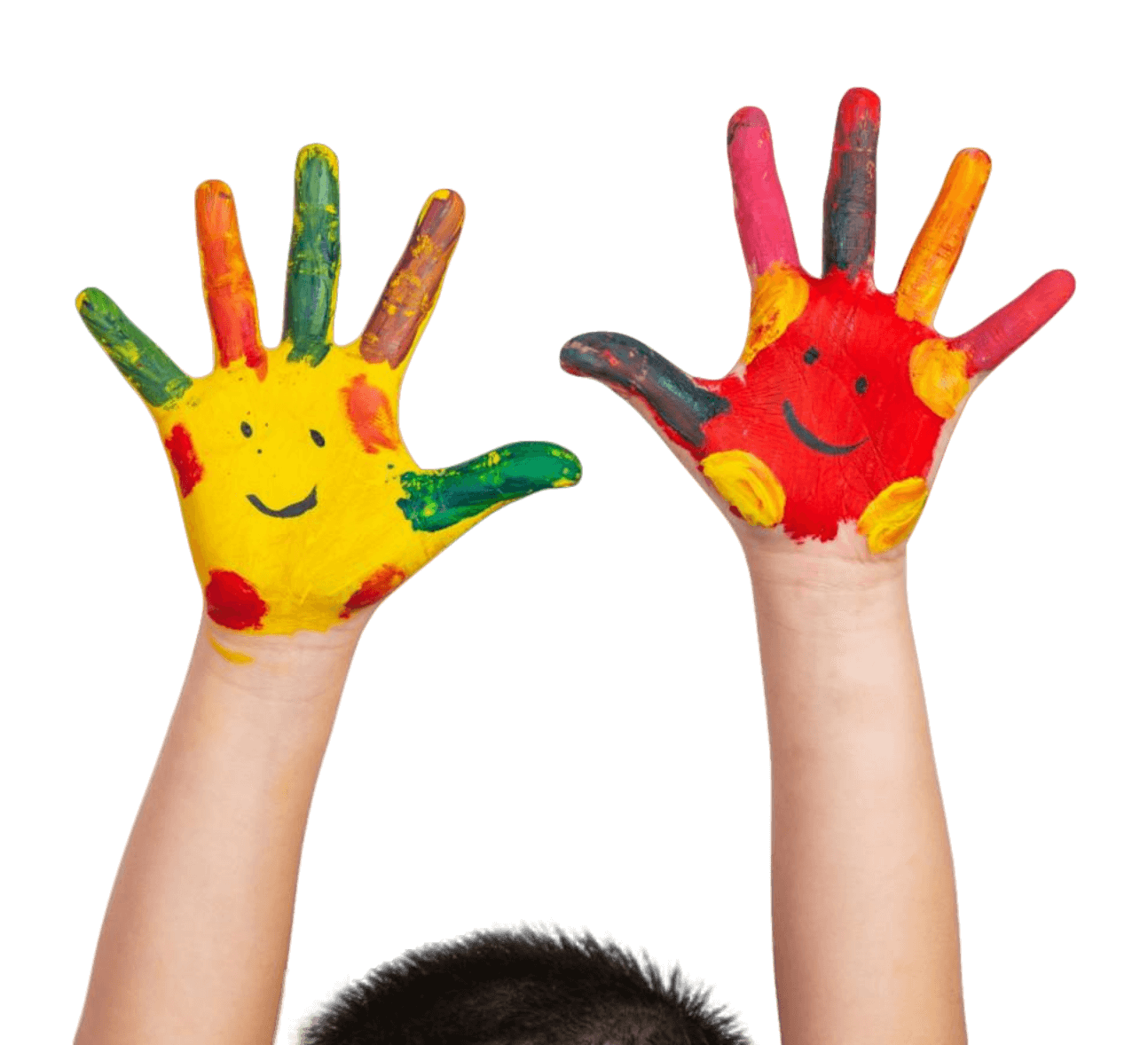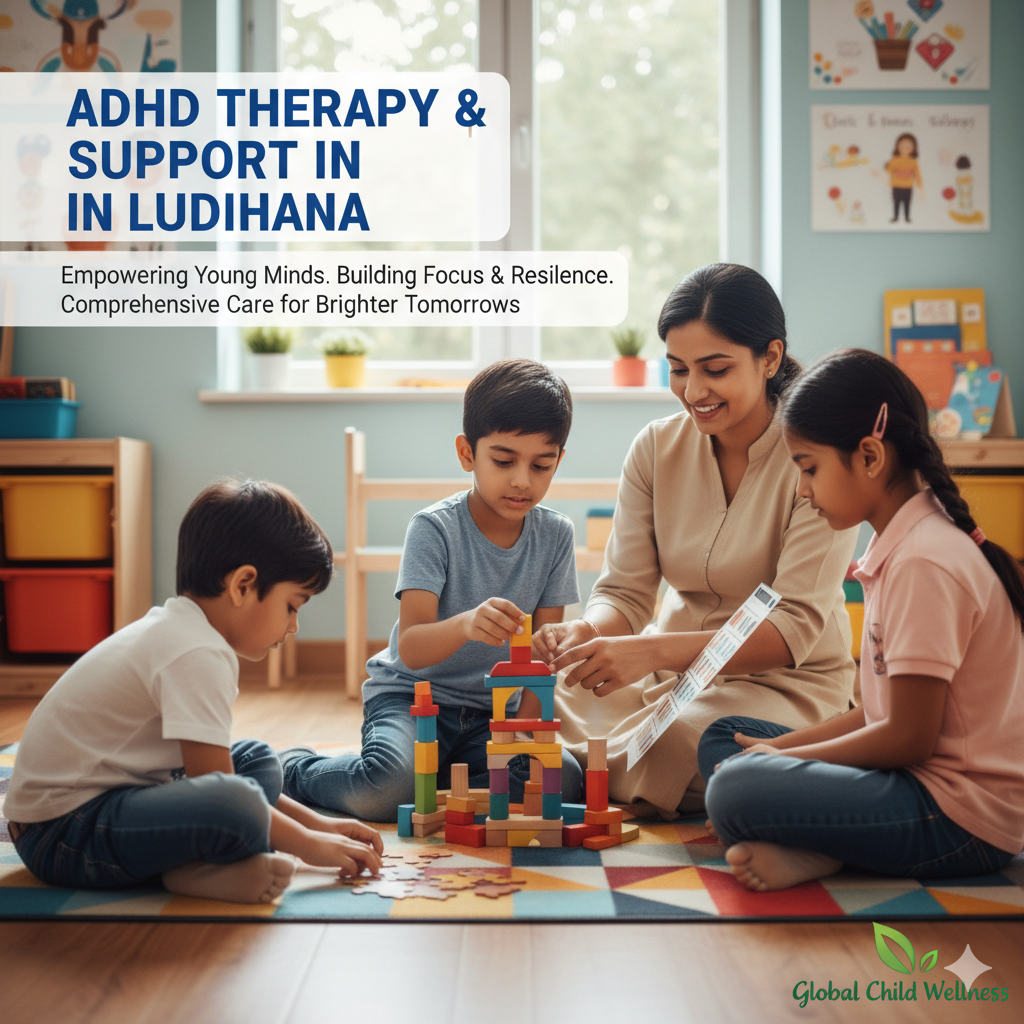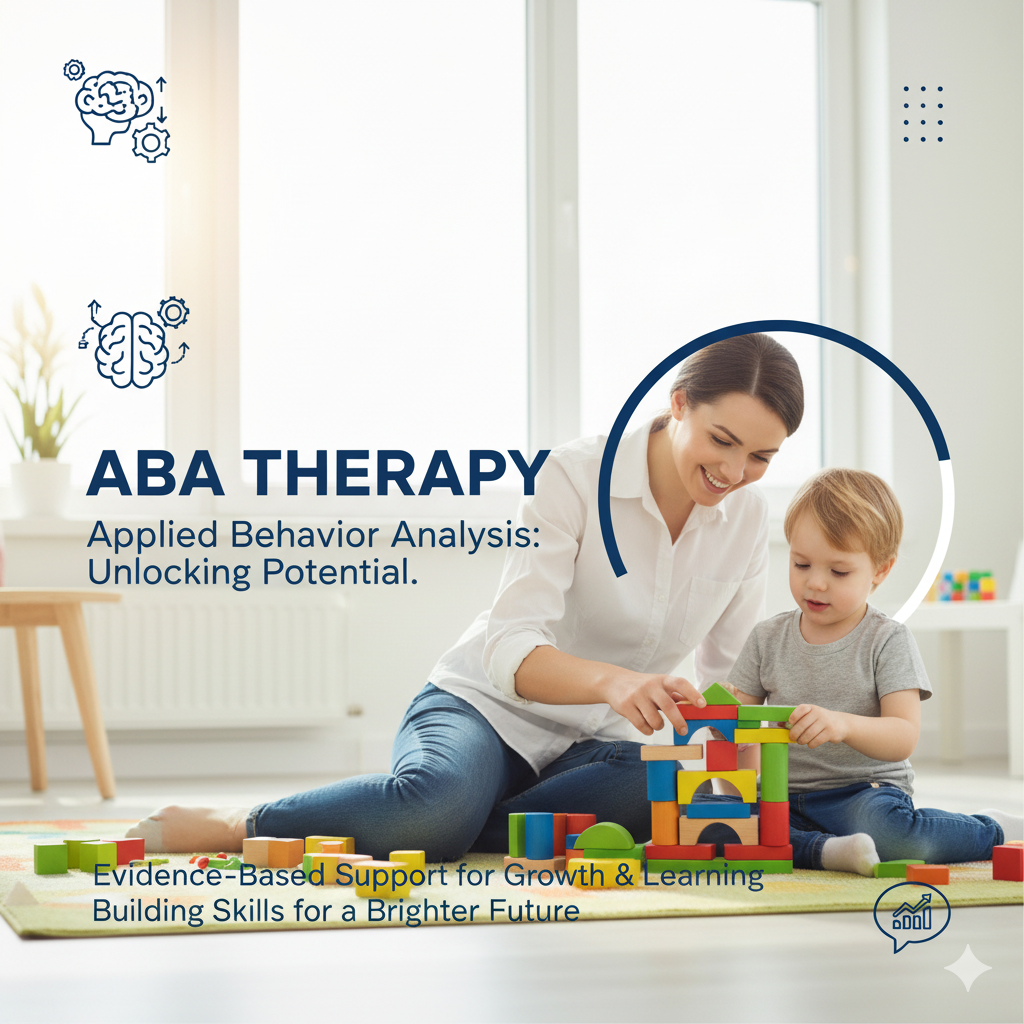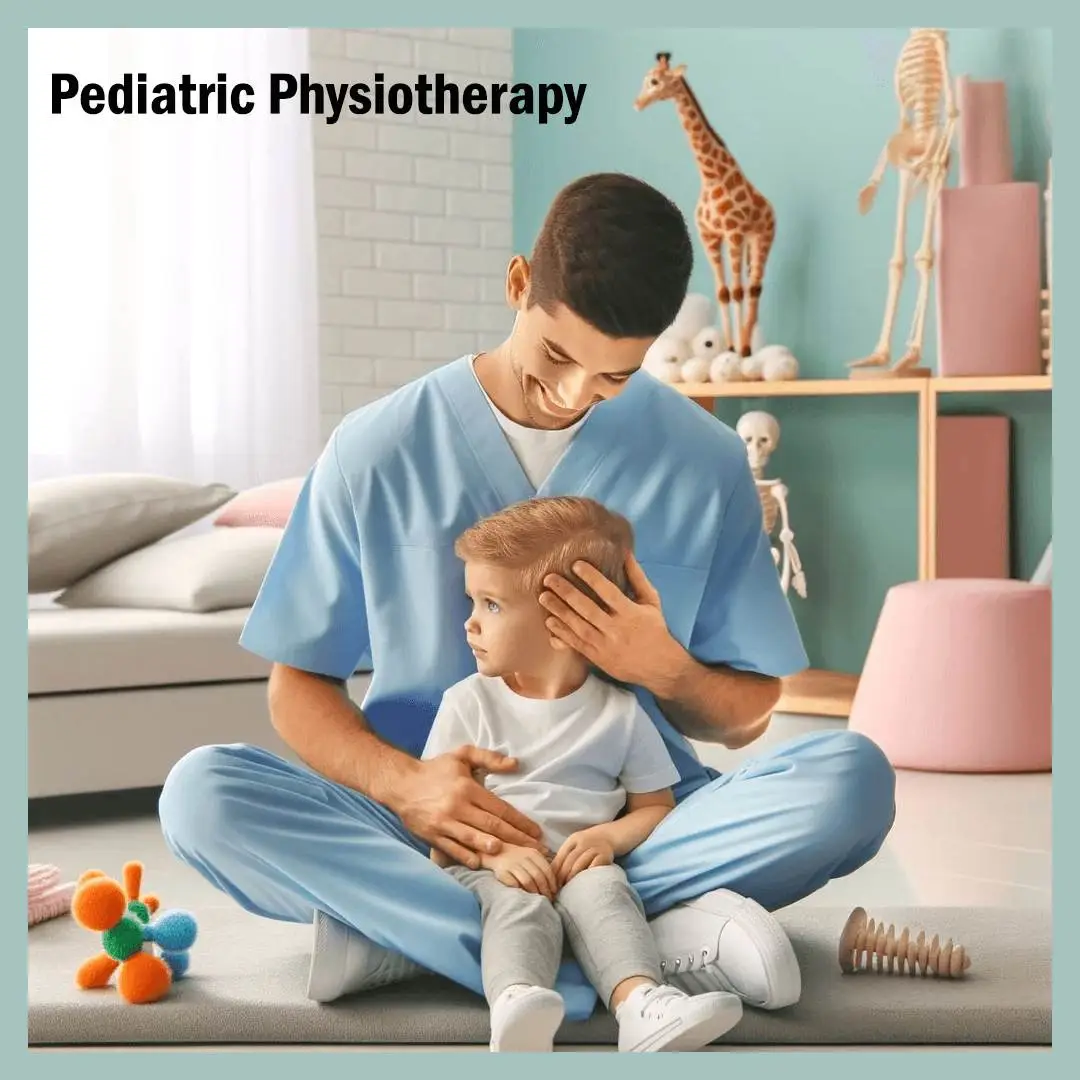Child Psychiatrist in Ludhiana
Life will certainly involve conflict, and it might start young; Interpersonal conflict-stem occur when a child snatches a toy from another kid. In older kids, this can lead to disagreements, arguments, or other types of conflict. Educating children about conflict resolution involves teaching them how to solve problems when they are involved in a conflict. Since no one can always expect things to go their way, it’s crucial to teach children conflict resolution techniques from a Carly age.
Every child has a different way to respond to a particular conflict. A child who doesn’t know how to communicate his feelings, might starts to cry when a conflict occurs ofa child who doesn’t know how to manage his anger in an argument might project his anger onto a friend. When a child doesn’t know how to respond to a particular conflict, it can lead to a sense of frustration and confusion which can further lead the child to act out. Following are some of the techniques that parents and teachers can use for conflict solution:
Calm down: Teaching the child techniques to calm down at that moment of conflict is one of the first steps. Backward counting, deep breathing, venting out, blowing bubbles, drinking water, drawing and going for a run can be some good ways of calming oneself down.
Effective communication: Kids need to learn to communicate their feelings clearly in an appropriate way without blaming the other person or being harsh. For this, teaching the use of I statements can be helpful. I statements are sentences that start with the word “I”. This helps the child to express how they feel instead of blaming or judging the other kid. So instead of saying “You are such a stupid boy. You snatch me toys. I won’t play with you.” the child can use I statement- “I feel very angry when you take my toys without asking. I understand that you like to play with my toys but it would be great if you can ask first and we can play together. Another instance can be with the parent wherein the child expresses harshly “Stop telling me to do homework. You irritate me all the time. I will do my homework when I want to. Instead, the child can use the “I statement” and say “I feel annoyed when you keep on checking if I’ve
done my homework because it tells me you don’t trust me. I need to be able to prove that I can do it on my own.” I statement can help the child to be firmer and gentler while expressing their emotions in times of conflict.
Wheel of choice: Another strategy that can be used for conflict resolution in children is to teach them to choose between different solutions that are best for a particular problem. It can help them to either calm down when they are upset or to help them solve a problem. Initially, the parents or teachers can make a wheel for the child wherein they write possible solutions to any conflict which may include- apologies,
asking for help, using an “I message, walking away, asking them to stop, calm down, talk to someone or compromise. Then they teach the child what solution to choose in what type of conflict. Afterwards, the child can be told to make a wheel for himself. This way the child will learn to make a choice when faced with a conflict.
Role Plays and storytelling: Parents and teachers can do role plays with the children wherein they include scenarios like resolving conflict with a bully, fixing a friendship after a fight, or getting along with a sibling. Role plays can help the child understand how to apply conflict resolution in different situations. Children become better problem solvers when they learn to find a solution on their own. For this, the parents and teachers can ask the kids to think about a story that involves conflict and an ending with a solution. This can lead to brainstorming about the possible solutions to the conflicts that occur in daily life.
Children experience different kinds of conflict in their everyday life as they grow. It is important to make the kids learn the strategies to cope with situations that make them upset so that they are better able to work through the obstacles. Conflict resolution for kids is important for their social and emotional well-being. Parents and teachers together can help kids learn how to handle conflict in a controlled way.
Child Psychiatrist in Ludhiana







